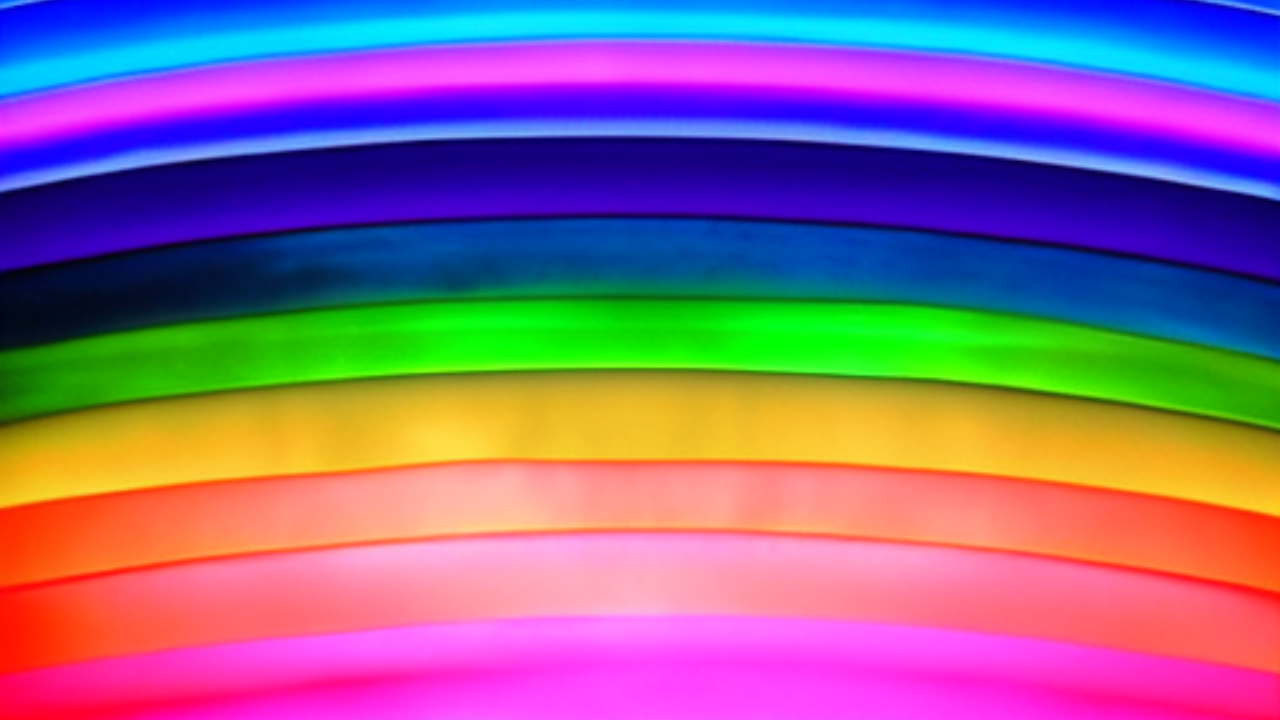Supernumerary Rainbow: Exploring the Unique and Intriguing Phenomenon

Supernumerary rainbows, also known as stacker rainbows or interstitial rainbows, are a rare and fascinating phenomenon that occur alongside a primary or secondary rainbow. These rainbows feature several fainter, shorter bands of color that run parallel to the main rainbow. The number of supernumerary rainbows can vary, with some rainbows displaying just a few and others exhibiting several.
In this article, we will explore the science behind these unique rainbows, how they are formed, their appearance and significance in culture and mythology, as well as tips for capturing their beauty through photography.
What are Supernumerary Rainbows?
Supernumerary rainbows are a type of rainbow that occurs when light is refracted, or bent, through water droplets in the air. Unlike primary and secondary rainbows, which feature broad bands of color, supernumerary rainbows have several narrow bands of color that are situated inside the main bow.
These bands appear to stack on top of each other, hence the name “stacker rainbow”. Supernumerary rainbows are also referred to as “interstitial rainbows” because they appear between the main bow and the sky.
How are Supernumerary Rainbows Formed?
Supernumerary rainbows are formed by the same process as primary and secondary rainbows: the refraction and reflection of light through water droplets in the air. However, unlike primary and secondary rainbows, which result from a single reflection and refraction, supernumerary rainbows are formed by multiple reflections and refractions. The light that creates supernumerary rainbows undergoes more bending and diffraction than the light that creates primary and secondary rainbows, causing narrow bands of color to appear.
The Colors and Appearance of Supernumerary Rainbows
Supernumerary rainbows are characterized by their narrow bands of color, which appear in a repeating pattern of blue, green, yellow, orange, and red. These bands of color are fainter and thinner than the bands found in primary and secondary rainbows. In fact, supernumerary rainbows can be difficult to spot with the naked eye, especially if the primary or secondary bow is particularly bright.
The Significance of Supernumerary Rainbows in Mythology and Culture
Like primary and secondary rainbows, supernumerary rainbows have been the subject of myth and legend throughout history. Some cultures believe that supernumerary rainbows are a sign of good fortune or that they are a bridge between the physical world and the spiritual realm.
In ancient Greek mythology, supernumerary rainbows were said to be the path that Iris, the messenger of the gods, used to travel between the earth and the heavens. The Hopi people of North America believe that supernumerary rainbows are a symbol of fertility and prosperity.
Some Interesting Facts About Supernumerary Rainbows
The term “supernumerary” comes from the Latin word “supernumerarius,” which means “exceeding the number.”
Supernumerary rainbows are more common in smaller water droplets than in larger ones.
Double supernumerary rainbows are rare but have been observed.
The first recorded observation of a supernumerary rainbow was by the British astronomer Thomas Young in 1804.
Capturing the Beauty of Supernumerary Rainbows: Photography Tips
Supernumerary rainbows are a rare and beautiful phenomenon, and capturing their beauty in a photograph can be a challenge. However, with some basic knowledge and a few tips, anyone can photograph these elusive rainbows.
The first and most important tip is to use a polarizing filter. This will help to reduce glare and enhance the colors of the rainbow.
Another tip is to use a tripod to ensure that the camera is steady and the image is sharp. It is also important to use a high shutter speed to capture fast-moving rainbows. Lastly, try to capture the full arc of the rainbow, and experiment with different angles and compositions to create a unique and stunning photograph.
Where to Spot Supernumerary Rainbows Around the World
Supernumerary rainbows are a rare phenomenon that can occur anywhere in the world, but there are some places where they are more likely to be seen. One such place is the Iguazu Falls on the border between Argentina and Brazil.
Here, the mist and spray from the falls create the perfect conditions for supernumerary rainbows to form. Another great place to see these rainbows is the Scottish Highlands, where the frequent rain and overcast skies provide the ideal backdrop for the colorful arcs to appear.
Other great spots include Yosemite National Park in California, USA, and the Seljalandsfoss waterfall in Iceland. However, it’s important to remember that supernumerary rainbows are a rare occurrence and are dependent on weather conditions, so it’s always best to be patient and enjoy the natural beauty of the surroundings while waiting for one to appear.
And, finally, let’s just conclude it.
Supernumerary rainbows may be a rare sight, but their unique and intriguing nature has made them a popular topic of fascination and wonder. From the science behind their formation to their cultural and symbolic significance, these rainbows offer a fascinating glimpse into the world of optics and mythology. With the tips and information provided in this article, you’ll be ready to spot and appreciate the beauty of supernumerary rainbows wherever you may be.





